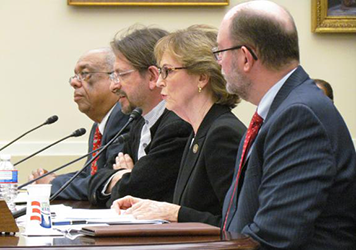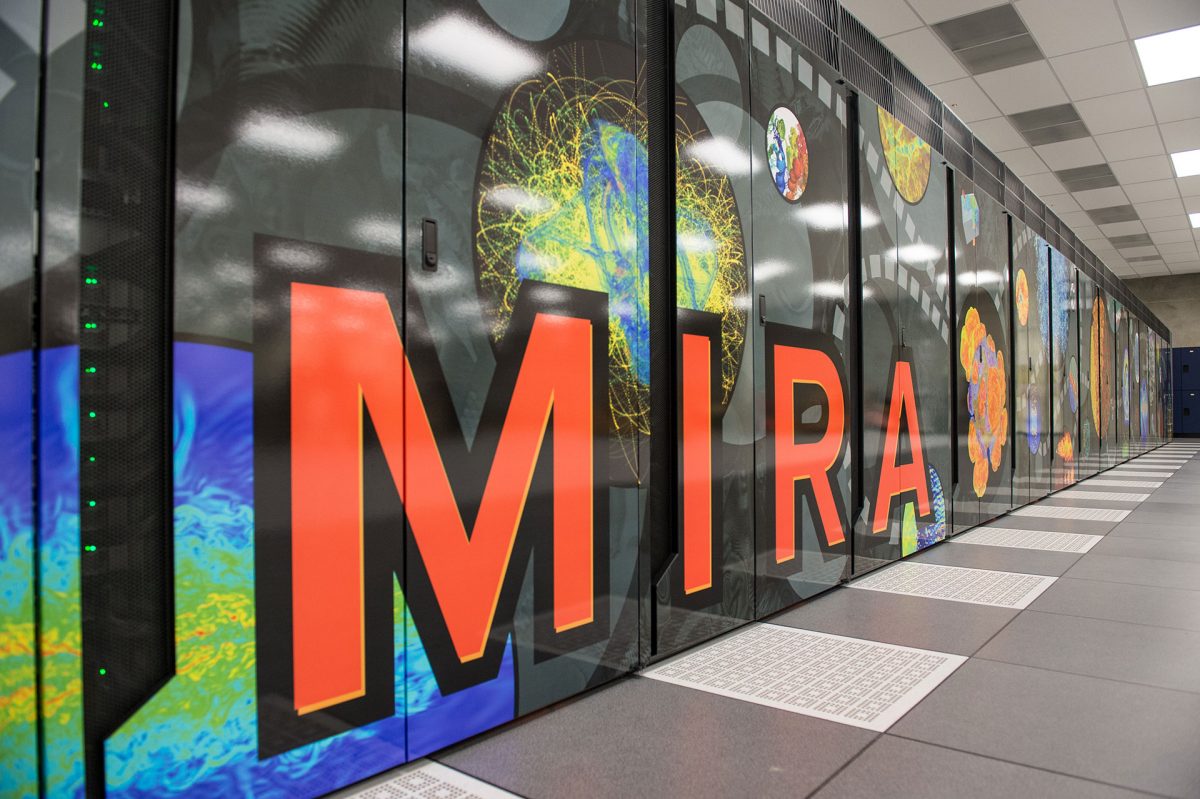 At a special two-day symposium last month, Argonne invited back many of the visionaries who in some way contributed to the lab’s 30 years in advancing parallel computing and computational science. Most if not all of these individuals have made a career in high performance computing — directing programs and conducting research in government agencies, national laboratories, universities and industry. Strong DOE investment in research and development of HPC capabilities has kept the U.S. the leader in high impact scientific research for decades, but now the DOE’s shining scientific supercomputing centers are oversubscribed by factors of three or more. Exascale is the next and necessary milestone in the race for computing power that will enable future breakthroughs in energy, medicine, and engineering, and the U.S. is now facing fierce competition from around the world.
At a special two-day symposium last month, Argonne invited back many of the visionaries who in some way contributed to the lab’s 30 years in advancing parallel computing and computational science. Most if not all of these individuals have made a career in high performance computing — directing programs and conducting research in government agencies, national laboratories, universities and industry. Strong DOE investment in research and development of HPC capabilities has kept the U.S. the leader in high impact scientific research for decades, but now the DOE’s shining scientific supercomputing centers are oversubscribed by factors of three or more. Exascale is the next and necessary milestone in the race for computing power that will enable future breakthroughs in energy, medicine, and engineering, and the U.S. is now facing fierce competition from around the world.
Argonne’s Rick Stevens has been a leader in DOE planning for exascale since 2007. He recently testified to the urgent need for sustained government investment in exascale at a Congressional Subcommittee on Energy hearing, “America’s Next Generation Supercomputer: The Exascale Challenge.” The May 22 hearing was related to a bill proposed by Illinois Rep. Randy Hultgren to improve the HPC research program of the DOE and make a renewed push for exascale research in the U.S. A full transcript of his testimony can be found here.


